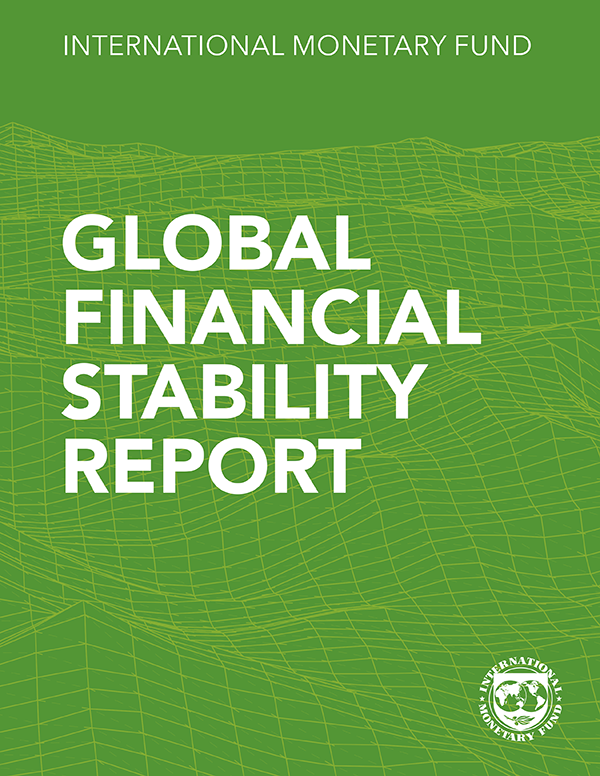A Tepid and Pricey Recovery
After four turbulent years, the outlook for sub-Saharan Africa is gradually improving. Growth will rise from 3.4 percent in 2023 to 3.8 percent in 2024, with nearly two thirds of countries anticipating higher growth. Economic recovery is expected to continue beyond this year, with growth projections reaching 4.0 percent in 2025. Additionally, inflation has almost halved, public debt ratios have broadly stabilized, and several countries have issued Eurobonds this year, ending a two-year hiatus from international markets.
However, not all is favorable. The funding squeeze persists as the region’s governments continue to grapple with financing shortages, high borrowing costs, and impending debt repayments. Risks to the outlook remain tilted to the downside. The region continues to be more vulnerable to global external shocks, as well as the threat of rising political instability, and frequent climate events. Three policy priorities can help countries adapt to these challenges: improving public finances without undermining development; monetary policy focused on ensuring price stability; and implementing structural reforms to diversify funding sources and economies. Amid these challenges, sub-Saharan African countries will need additional support from the international community to develop a more inclusive, sustainable, and prosperous future.
Cutting Budget Deficits in Sub-Saharan Africa without Undermining Development
About two-thirds of sub-Saharan African countries have embarked on sizable fiscal tightening plans. To implement the necessary adjustment while limiting the negative effects on economic development and social conditions, it is crucial that policymakers rely more on revenue-enhancing measures than cuts to investment and other priority spending. Effective strategies to build public trust around fiscal consolidation plans, such as using compensatory measures (including targeted transfers) or adequate sequencing, are essential to ensure a successful and durable implementation of these adjustments.
Digging for Opportunity: Harnessing Sub-Saharan Africa’s Wealth in Critical Minerals
Sub-Saharan Africa, home to 30 percent of the world’s critical minerals, is on the brink of a major transformation with the global move towards clean energy. Whereas the extraction of select minerals could boost the region’s GDP by 12 percent or more by 2050, advancing beyond exporting raw materials to developing processing industries presents an even larger opportunity. A regional strategy built on cross-border collaboration and integration can leverage the diversity of minerals and create a larger, more attractive regional market for much needed investment. Moreover, structural reforms at the country level to nurture domestic firms in processing and supporting industries, while steering clear of inward-looking industrial policy, will amplify the gains from these minerals. Unlocking this potential can drive broader economic development, encourage technology transfer, and ensure sustainable, higher returns from the region’s critical mineral resources. Be it extraction or processing, this transition requires sound fiscal regimes and policies to manage these gains responsibly.
Building Tomorrow’s Workforce: Education, Opportunity, and Africa’s Demographic Dividend
Sub-Saharan Africa’s population will double by 2050, potentially making it one of the most dynamic regions in a rapidly ageing world. But growth and employment tomorrow require action today—specifically that children across the continent have access to a quality education. Making progress towards universal enrollment by 2030 may require doubling education expenditures as a share of GDP. Governments should act to safeguard and expand education budgets, while also ensuring that each dollar is well spent. The international community should also ensure that education remains at the forefront of their efforts.
















